If you wonder which one is powerful graphics card, today the answer is very simple, the GeForce RTX 3090, if we look at the general consumer market, and the RTX A6000 if we look at the professional sector, a model, the latter, that It falls within the series formerly known as NVIDIA Quadro. In case someone is lost, I remind you that the green giant no longer uses the Quadro and Tesla brands.
It may, however, that your question does not refer specifically to determining which graphics card is more powerful in general, but between two, three or more specific models. We have all found ourselves in that situation on more than one occasion, especially when we have had to renew equipment, or components, and we had to choose between several graphics cards with similar prices that were part of a specific generation. Things got even more complicated when we considered opting for older generation models.
With the current landscape, many users are turning to the second-hand market, and they are also increasingly choosing to buy graphics cards of previous generations that are capable of offering a good level of performance in current games. It is quite successful if you have no choice but to buy a graphic, but it can be complicated, because there are few reliable performance comparisons between models of different generations.
I am aware of this situation, and how damaging it can be to wonder which graphics card is more powerful and not get a clear answer to serve as a guide, or as a reference, when making a decision and launching into buying a new one graphics card, and that is why I wanted to give shape to this article, where you will find a total of 50 graphics cards ordered from highest to lowest performance. I hope this guide helps you navigate the current graphics card shortage, which has made it impossible to buy units at their normal price.
To simplify the comparison, and facilitate the use and consultation of this guide, we will use a relative value based on a percentage. The card that appears first is rated 100%, anything below it will have a lower percentage, and the difference between the two percentages will illustrate the power reduction. For example, if a graphics card is 80%, it means that it is 20% slower than the most powerful solution. Relative performance is always measured against the RTX 3090, and starting from an average at 1080p, 1440p and 2160p resolutions. Also check 20 best graphics card. Below is the list of most powerful graphics card ordered from high to low based on performance.
Which graphics card is more powerful?
GeForce RTX 3090
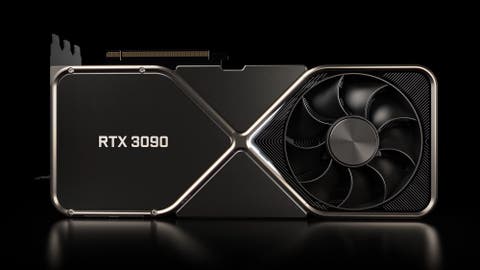
We already anticipated it in the first paragraph, so this graphics card is the one that ranks with the maximum level of performance in this guide. It is designed to play smoothly in 4K resolution, and is even capable of moving games in 8K resolution.
- Graphic core GA102 at 8 nm
- 10,496 shaders at 1,395 MHz-1,695 MHz.
- 328 texturing units.
- 112 raster units.
- 328 tensor cores.
- 82 RT cores.
- 35.58 TFLOPs of power in FP32.
- 24 GB of GDDR6X at 19.5 GHz.
- 384 bit bus.
- 350 watt TDP.
- Requires a 12-pin connector and a 750-watt power supply.
Its performance is so high that in resolutions below 4K it can suffer quite marked bottlenecks at the GPU level. Accelerates hardware ray tracing and supports DLSS 2.0
Relative yield: 100%.
Radeon RX 6900 XT
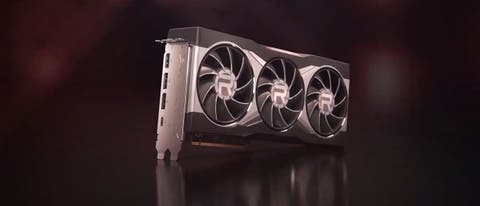
The second most powerful graphics card that we can find on the market. Perfect for gaming in 4K resolution, and capable of accelerating ray tracing.
- Navi 21 XTX graphics core at 7 nm.
- 80 CUs.
- 5,120 shaders at 1,825 MHz-2,250 MHz, normal and turbo mode.
- 320 texturing units.
- 80 units for ray tracing.
- 128 raster units.
- 256-bit bus.
- 16GB of 16GHz GDDR6 memory.
- 128MB infinite cache.
- 23.04 TFLOPs of power in FP32.
- 300 watt TBP.
- You will need a 750 watt power supply and two 8-pin connectors.
Relative yield: 94%.
GeForce RTX 3080
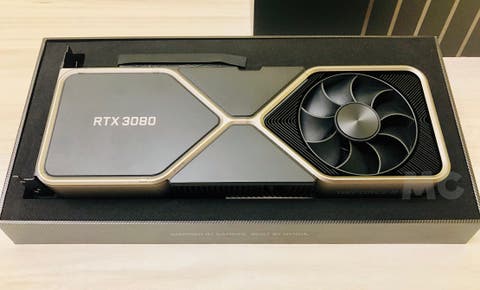
It’s the third most powerful graphics card out there, albeit by a fairly tight margin. All in all, it deserves third place because it beats the Radeon RX 6800 XT in 4K, and quite clearly in some cases. Accelerates hardware ray tracing and supports DLSS 2.0.
- Graphic core GA102 at 8 nm
- 8,704 shaders at 1,440 MHz-1,710 MHz.
- 272 texturing units.
- 96 raster units.
- 272 tensor cores.
- 68 RT cores.
- 29.7 TFLOPs of power in FP32.
- 10 GB of GDDR6X at 19 GHz.
- 320-bit bus.
- 320 watt TDP.
- Requires a 12-pin connector and a 750-watt power supply.
Relative yield: 92%
Radeon RX 6800 XT
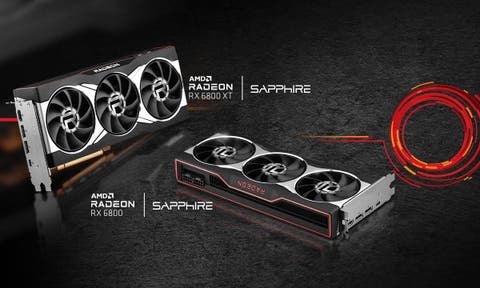
With this graphics card we will not have problems to play any present and future title in 4K and maximum quality. Speeds up hardware ray tracing.
- Navi 21 XT graphic core at 7 nm.
- 72 CUs.
- 4,608 shaders at 1,825 MHz-2,250 MHz, normal and turbo mode.
- 288 texturing units.
- 72 units for ray tracing.
- 128 raster units.
- 256-bit bus.
- 16GB of 16GHz GDDR6 memory.
- 128MB infinite cache.
- 20.74 TFLOPs of power in FP32.
- 300 watt TBP.
- Requires a 750 watt power supply and two 8-pin connectors.
Relative yield: 89%.
Radeon RX 6800
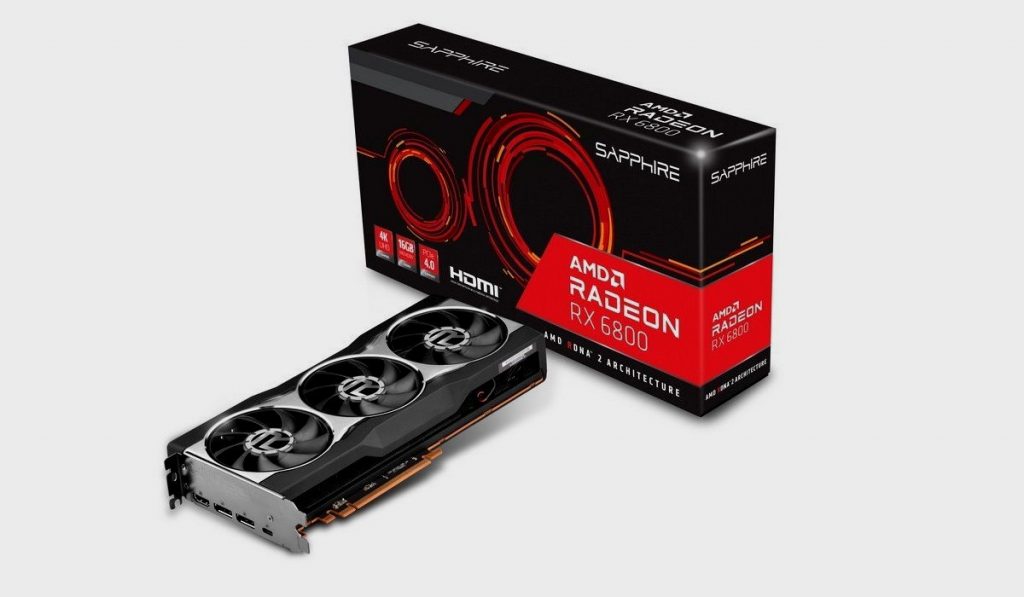
It is one notch below the previous one, but still offers enough power to play in 4K without any problem. Speeds up hardware ray tracing.
- Navi 21 XL graphic core at 7 nm.
- 60 CUs.
- 3,840 shaders at 1,700 MHz-2,105 MHz, normal and turbo mode.
- 240 texturing units.
- 60 units for ray tracing.
- 96 raster units.
- 256-bit bus.
- 16GB of 16GHz GDDR6 memory.
- 128MB infinite cache.
- 16.17 TFLOPs of power in FP32.
- 250 watt TBP.
- Requires a 600 watt power supply and two 8-pin connectors.
Relative yield: 75%.
GeForce RTX 2080 Ti
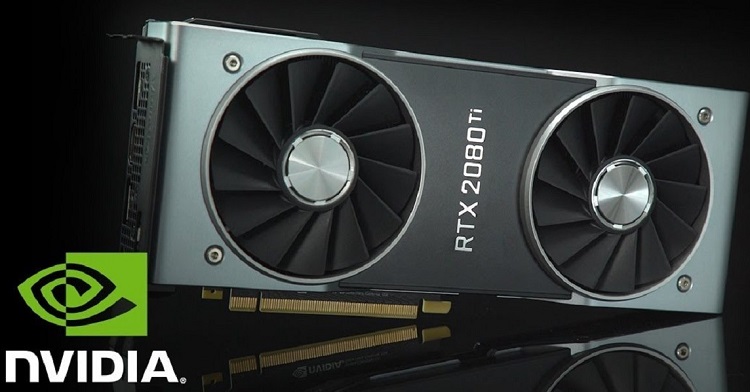
NVIDIA’s previous top-of-the-line remains a very powerful graphics card. It can with 4K games, although to get a fixed 60 FPS we will have to reduce the level of graphic quality in some cases. Accelerates hardware ray tracing and supports DLSS 2.0.
- TU102 (Turing) graphic core in 12 nm process.
- 4,352 shadersa 1,350 MHz-1,545 MHz.
- 272 texturing units.
- 88 raster units.
- 544 tensor nuclei.
- 68 RT cores.
- 352-bit bus.
- 11 GB of effective 14 GHz GDDR6 memory.
- 13.45 TFLOPs of power in FP32.
- 250 watt TDP.
- You need two 8-pin power connectors and a 650-watt power supply.
Relative yield: 70%.
GeForce RTX 3070
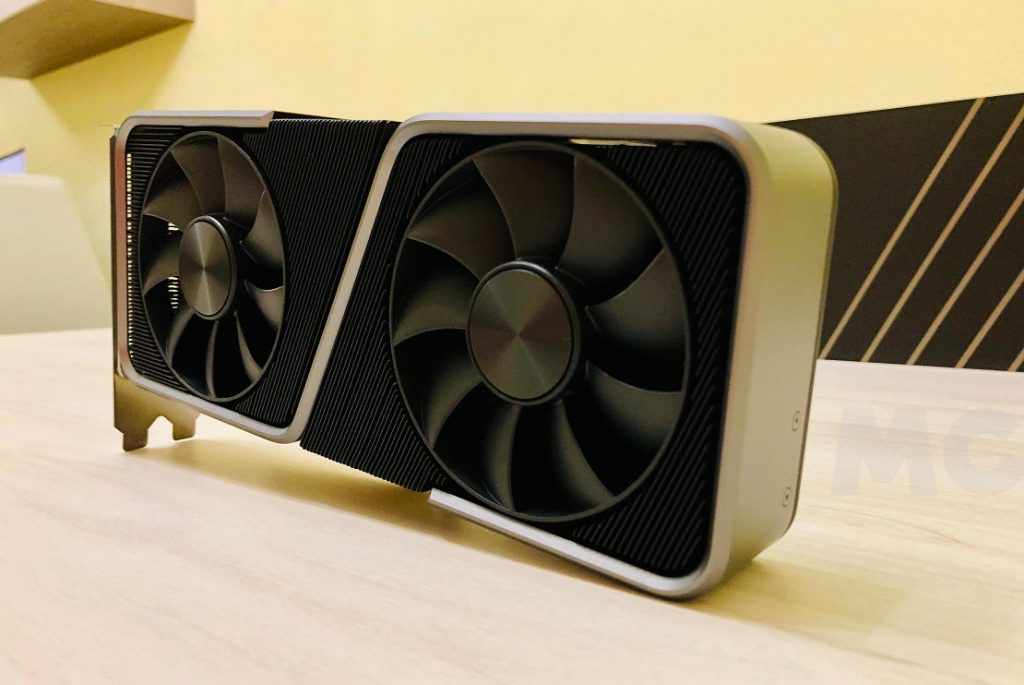
This is a high-mid-range model that, in some cases, is capable of coming quite close to the RTX 3070. It feels very comfortable at 1440p, although it can play 4K games reducing the graphic quality. Accelerates hardware ray tracing and supports DLSS 2.0.
- Graphic core GA104 at 8 nm.
- 4,864 shaders at 1,410 MHz-1,665 MHz.
- 152 texturing units.
- 80 raster units.
- 152 tensioner cores.
- 38 RT cores.
- 16.20 TFLOPs of power in FP32.
- 8 GB of GDDR6 at 14 GHz.
- 256-bit bus.
- 200 watt TDP.
- Requires a 12-pin connector and a 600-watt power supply.
Relative yield: 63%.
GeForce RTX 2080 Super
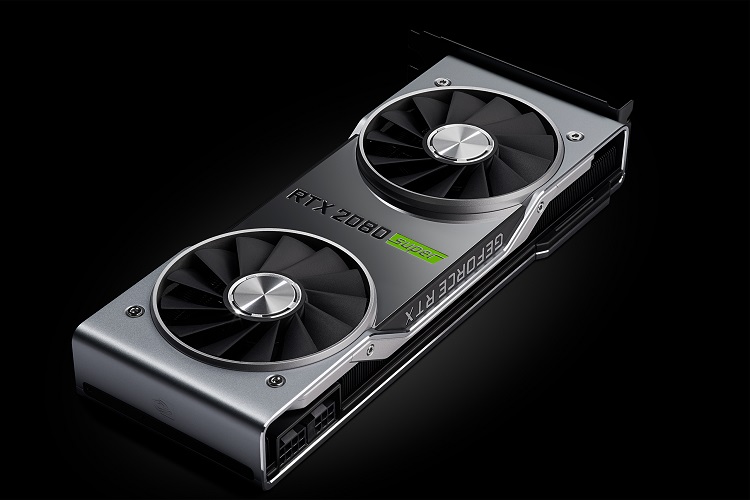
It was one of NVIDIA’s best value for money high-end graphics cards, and it still performs very well, being only slightly less powerful than the old one. Ideal for 1440p with maximum qualities and total fluidity. Accelerates hardware ray tracing and supports DLSS 2.0.
- TU104 graphic core at 12 nm.
- 3,072 shaders at 1,650 MHz-1,815 MHz.
- 192 texturing units.
- 64 raster units.
- 48 RT cores.
- 384 tensor cores.
- 11.15 TFLOPs of power in FP32.
- 256-bit bus.
- 8 GB of GDDR6 at 15.5 GHz effective.
- 250 watt TDP. It requires an 8-pin and a 6-pin connector and a 600-watt power supply.
Relative yield: 61%.
GeForce RTX 2080
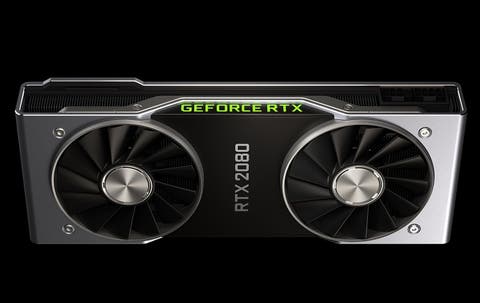
It is placed one step below the previous one, but it also remains a very powerful solution that performs with total comfort in 1440p and maximum qualities. Accelerates hardware ray tracing and supports DLSS 2.0.
- TU104 graphic core at 12 nm.
- 2,944 shaders at 1,515 MHz-1,710 MHz.
- 184 texturing units.
- 64 raster units.
- 46 nuclei RT.
- 368 Tensor Cores.
- 10.07 TFLOPs of power in FP32.
- 256-bit bus.
- 8 GB of GDDR6 at 14 GHz effective.
- 215 watt TDP. It requires an 8-pin and a 6-pin connector and a 600-watt power supply.
Relative yield: 58%.
GeForce RTX 2070 Super
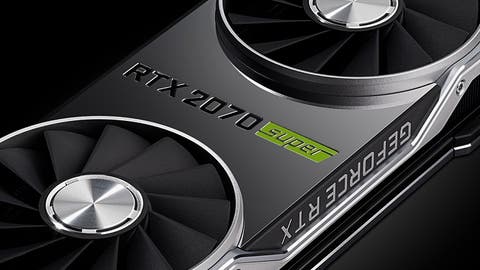
Its performance is slightly lower than the previous model, but this graphics card has plenty of power to play in 1440p with total fluidity, and even in 4K reducing graphic quality, or activating the DLSS 2.0. Accelerates ray tracing.
- TU104 graphic core at 12 nm.
- 2,560 shaders 1,605 MHz-1,770 MHz.
- 160 texturing units.
- 64 raster units.
- 40 RT cores.
- 320 tensor nuclei.
- 9.06 TFLOPs of power in FP32.
- 256-bit bus.
- 8 GB of GDDR6 at 14 GHz.
- 215 watt TDP, 6-pin and 8-pin connector, and a 550-watt power supply.
Relative yield: 54%.
GeForce GTX 1080 Ti
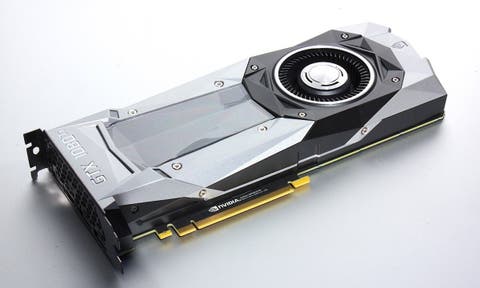
It is a graphics card that does not support DLSS, and it does not accelerate ray tracing , but it is still very powerful. It can move games in 4K reducing the graphic quality, and it handles perfectly in 1440p.
- Graphic core GP102 in 16nm process.
- 3,584 shaders at 1,480 MHz-1,582 MHz.
- 224 texturing units.
- 88 raster units.
- 352-bit bus.
- 11 GB of effective 11 GHz GDDR5X memory.
- 11.34 TFLOPs of power in FP32.
- 250 watt TDP. You need a 600 watt power supply, an 8-pin and a 6-pin power connector.
Relative yield: 54%.
Radeon VII
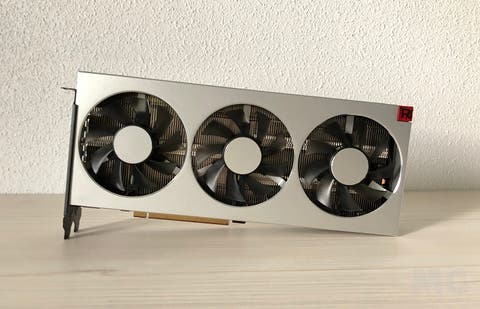
It was, at the time, the most powerful of AMD, and also marked the end of the GCN architecture. The Radeon VII can handle games in 4K, but if we want to play to the maximum with total fluidity we will be limited to 1440p. Does not speed up hardware ray tracing.
- Graphic core Vega 20 (second generation) at 7 nm.
- 60 CUs.
- 3,840 shaders at 1.4 GHz-1.8 GHz.
- 240 texturing units.
- 64 raster units.
- 4,096-bit bus.
- 16GB of 2GHz HBM2 memory (1TB / s bandwidth).
- 13.44 TFLOPs of power in FP32.
- 295-watt TDP, requires a 750-watt power supply and two 8-pin connectors.
Relative yield: 52%.
Radeon RX 5700 XT
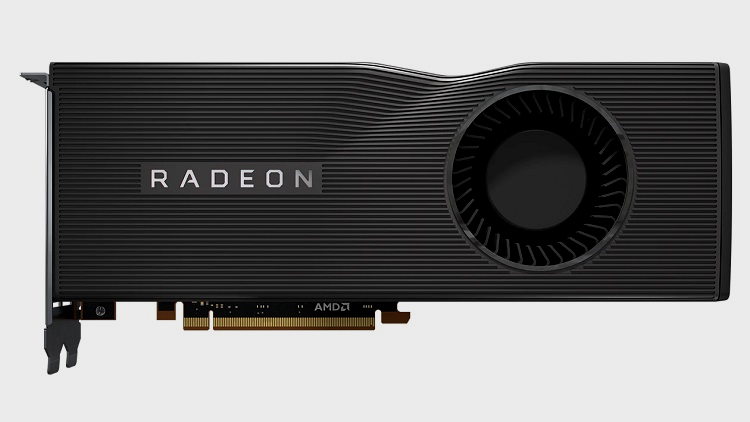
It became one of the best value for money graphics cards in its class. Capable of moving anything in 1440p and maximum quality. Does not speed up hardware ray tracing.
- Navi 10 XT graphic core at 7 nm.
- 40 CUs.
- 2,560 shaders at 1,605 MHz-1,905 MHz in normal and turbo mode.
- 160 texturing units.
- 64 raster units.
- 256-bit bus.
- 8 GB of GDDR6 at 14 GHz.
- 9.75 TFLOPs of power in FP32.
- 225 watt TDP. It requires two power connectors, one 6-pin and one 8-pin, and a 600-watt power supply.
Relative yield: 51%.
GeForce RTX 3060
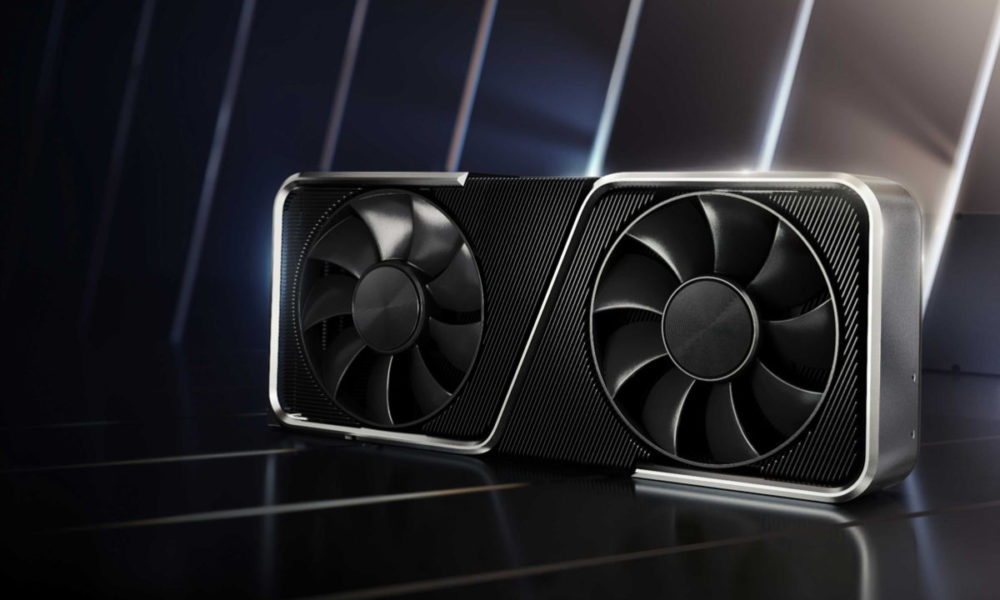
It was the last big launch from NVIDIA, a mid-range graphics card that offers excellent performance in 1440p, and that can even play 4K games, but reducing quality or sacrificing fluency. Accelerates hardware ray tracing and supports DLSS 2.0.
- Graphic core GA106 at 8 nm
- 3,584 shaders at 1,320 MHz-1,777 MHz.
- 112 texturing units.
- 48 raster units.
- 112 tensor cores.
- 28 RT cores.
- 12.74 TFLOPs of power in FP32.
- 12 GB of GDDR6 at 15 GHz.
- 192-bit bus.
- 170 watt TDP.
- Requires a 12-pin connector and a 500-watt power supply.
Relative yield: 50%.
GeForce RTX 2070
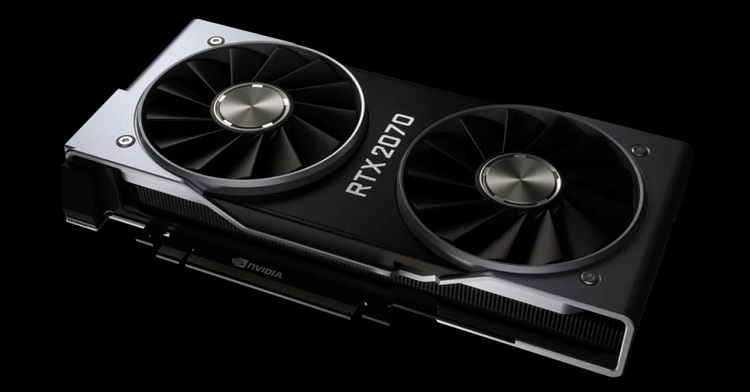
We are facing a graphics card that is a generation behind the RTX 3060, but that offers a performance almost identical to that. It’s aged well, speeds up hardware ray tracing, and supports DLSS 2.0.
- TU104 GPU at 12 nm.
- 2,304 shaders at 1,410 MHz-1,620 MHz, normal and turbo mode.
- 144 texturing units.
- 64 raster units.
- 288 tensor cores.
- 36 RT cores.
- 256-bit bus.
- 8GB of effective 14GHz GDDR6 memory.
- 7.46 TFLOPs of power in FP32.
- 175-watt TDP, you need an 8-pin connector and a 500-watt power supply.
Relative yield: 50%.
GeForce RTX 2060 Super
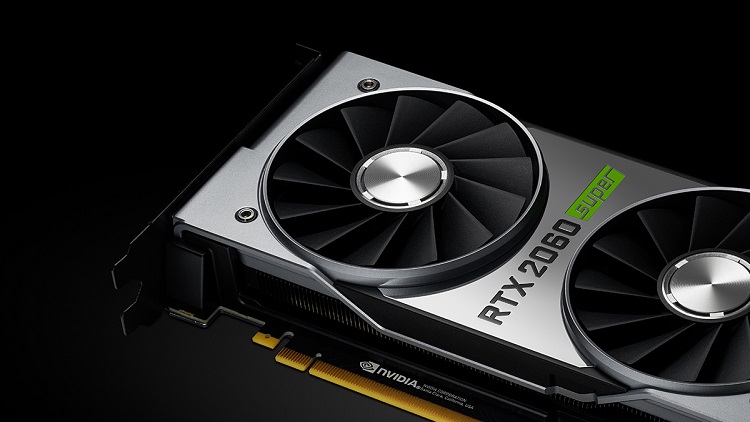
We find a graphics card that can handle games at 1440p without problem, and that accelerates hardware ray tracing. It is only slightly less powerful than the previous one, and also supports DLSS 2.0.
- TU106 graphic core at 12 nm.
- 2,176 shaders at 1,470 MHz-1,650 MHz, normal and turbo mode.
- 136 texturing units.
- 64 raster units.
- 256-bit bus.
- 8 GB of GDDR6 at 14 GHz.
- 34 nuclei RT.
- 272 tensor nuclei.
- 7.18 TFLOPs of power in FP32.
- 175-watt TDP, requires an 8-pin connector and a 500-watt power supply.
Relative yield: 48%.
17.-Radeon RX 5700
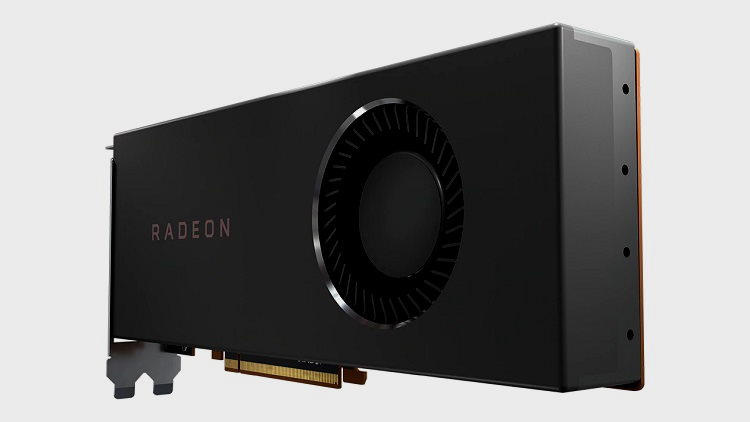
It was also a very popular graphics card at the time, thanks to its good price-performance value. It has aged very well, it can handle any game in 1440p. Does not speed up hardware ray tracing.
- Navi 10 XL graphic core at 7 nm.
- 36 CUs.
- 2,304 shaders at 1,465 MHz-1,725 MHz in normal and turbo mode.
- 144 texturing units.
- 64 raster units.
- 256-bit bus.
- 8 GB of GDDR6 at 14 GHz.
- 7.94 TFLOPs of power in FP32.
- 180 watt TDP. It requires two power connectors, one 6-pin and one 8-pin, and a 550-watt power supply.
Relative yield: 45%.
GeForce GTX 1080
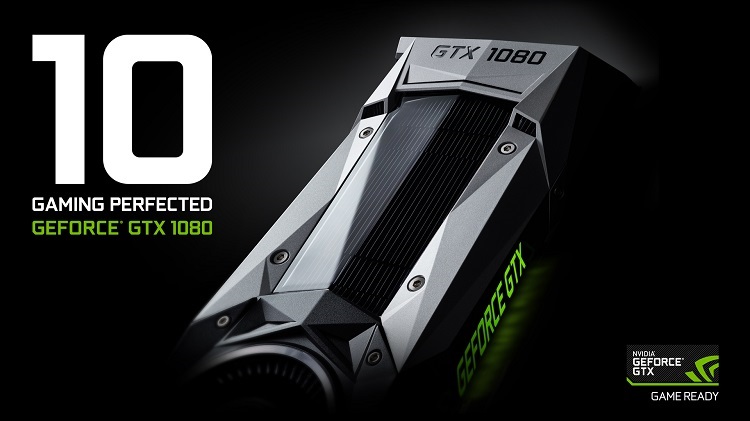
We go down a step and go to the Pascal architecture. This model was, at the time, very good at moving games in 4K, but it has remained an optimal solution for 1440p. Does not speed up hardware ray tracing.
- Graphic core GP104 at 16 nm.
- 2,560 shaders at 1,607 MHz-1,733 MHz.
- 160 texturing units.
- 64 raster units.
- 256-bit bus.
- 8GB of 10GHz GDDR5X memory.
- 8.87 TFLOPs of power in FP32.
- 180-watt TDP, requires an 8-pin connector and a 500-watt power supply.
Relative yield: 43%.
GeForce RTX 2060
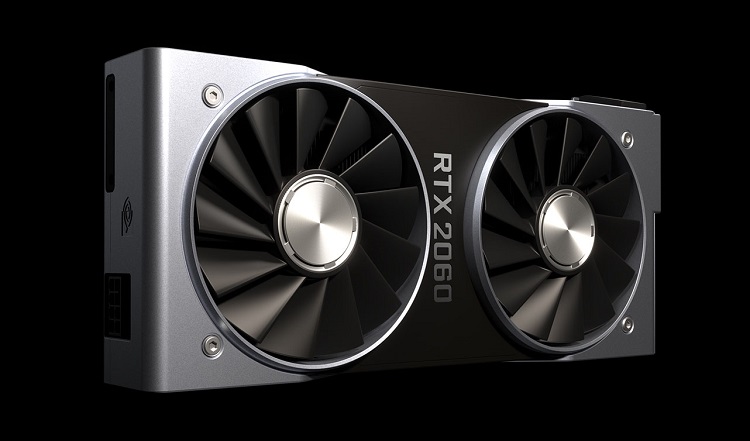
This graphics card has also aged wonderfully, and everything seems to indicate that it will have a long service life thanks to DLSS 2.0. Very capable at 1440p, and speeds up hardware ray tracing.
- TU106 graphic core at 12 nm.
- 1,920 shaders at 1,365 MHz-1,680 MHz.
- 120 texturing units.
- 48 raster units.
- 240 tensor cores for artificial intelligence.
- 30 RT cores for ray tracing.
- 192-bit bus.
- 6 GB of GDDR6 at 14 GHz.
- 6.45 TFLOPs of power in FP32.
- 160-watt TDP, requires an 8-pin connector and a 500-watt power supply.
Relative yield: 42%.
Radeon RX Vega 64
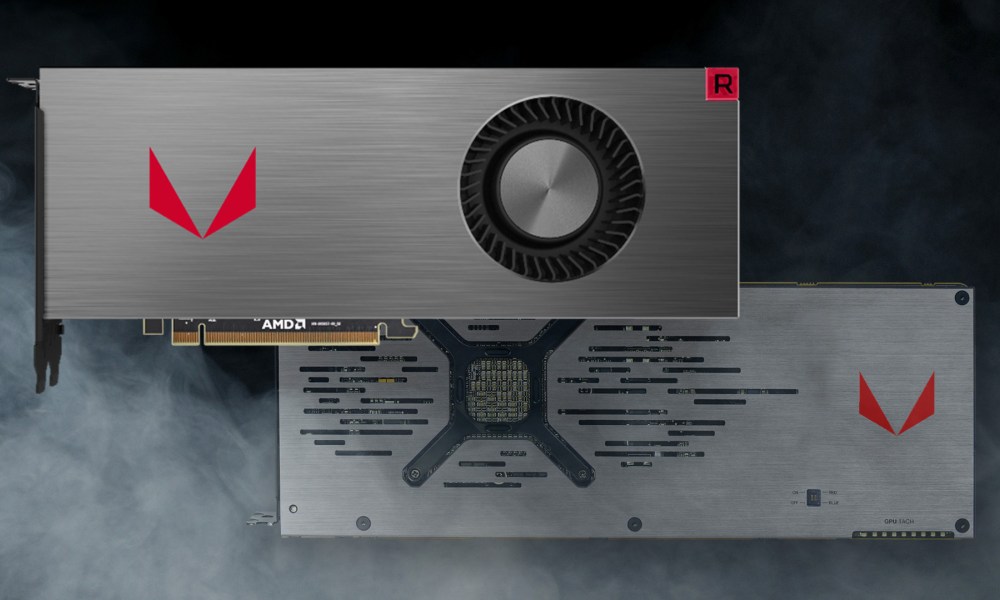
It’s a model based on the venerable GCN architecture, although it has also aged very well, and is still capable of moving any current game in 1440p without issue. It does not accelerate hardware ray tracing, and it has a high power consumption.
- Vega 10 XT graphic core at 14 nm.
- 64 CUs.
- 4,096 shaders at 1,247 MHz-1,546 MHz.
- 256 texturing units.
- 64 raster units.
- 2,048-bit bus.
- 8GB of 1,890MHz HBM2 memory.
- 12.66 TFLOPs of power in FP32.
- 295-watt TDP, requires two 8-pin connectors and a 750-watt power supply.
Relative yield: 41%.
Radeon RX 5600 XT
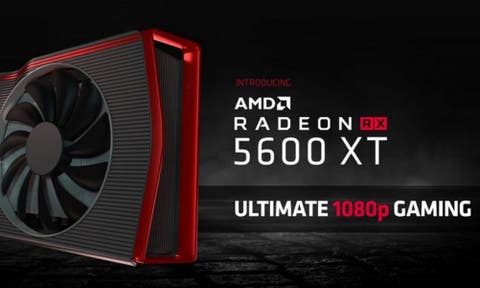
This graphics card is a trimmed version of the Radeon RX 5700. It has many things in common with that one, but it is less powerful, and although it can handle games in 1440p, it moves better in 1080p if we go to the latest releases. Does not speed up hardware ray tracing.
- Navi 10 XLE graphics core at 7 nm.
- 36 CUs.
- 2,304 shaders at 1,130 MHz-1,560 MHz.
- 144 texturing units.
- 64 raster units.
- 192-bit bus.
- 6 GB of 12 GHz GDDR6 memory.
- 7.18 TFLOPs of power in FP32.
- It has a 150-watt TDP, requires a 500-watt power supply, and an 8-pin connector.
Relative yield: 41%.
GeForce GTX 1070 Ti
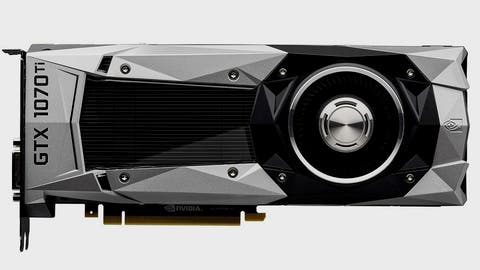
It was very popular at the time, as it offered a performance close to that of a GTX 1080, but at a much lower cost. It performs well at 1440p, but handles better at 1080p with demanding, late-batch games. Does not speed up hardware ray tracing.
- Graphic core GP104 at 16 nm.
- 2,432 shaders at 1,607 MHz-1,683 MHz.
- 152 texturing units.
- 64 raster units.
- 256-bit bus.
- 8GB of 8GHz GDDR5 memory.
- 8.18 TFLOPs of power in FP32.
- It has a 180-watt TDP, requires an 8-pin connector, and a 500-watt power supply.
Relative yield: 40%.
Radeon RX Vega 56
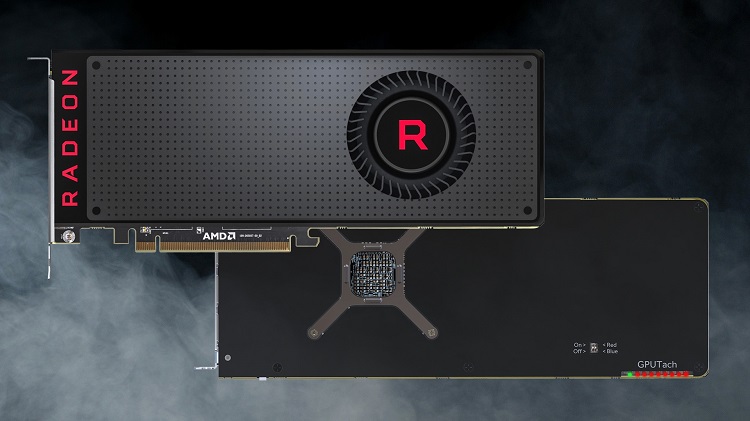
This graphics card was quite a surprise. It started out underperforming the GTX 1070, but the improvements it received at the driver level placed it above that. Very capable also in 1440p, ideal for 1080p. Does not speed up hardware ray tracing.
- Vega 10 XL graphic core at 14 nm.
- 56 CUs.
- 3,584 shaders at 1,156 MHz-1,471 MHz.
- 224 texturing units.
- 64 raster units.
- 2,048-bit bus.
- 8GB of 1600MHz HBM2 memory.
- 10.54 TFLOPs of power in FP32.
- 210-watt TDP, requires two 8-pin connectors and a 600-watt power supply.
Relative yield: 39%.
GeForce GTX 1070
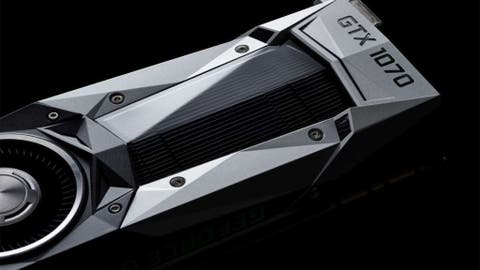
One of the best high-end graphics cards NVIDIA has released, although it hasn’t aged quite well. It is still capable of moving games in 1440p with maximum qualities, although not in a totally optimal way if we talk about current and demanding games. Very capable in 1080p, it doesn’t speed up hardware ray tracing.
- Graphic core GP104 at 16 nm.
- 1,920 shaders at 1,506 MHz-1,683 MHz.
- 120 texturing units.
- 64 raster units.
- 256-bit bus.
- 8GB of 8GHz GDDR5 memory.
- 6.46 TFLOPs of power in FP32.
- It has a 150-watt TDP, requires an 8-pin connector, and a 500-watt power supply.
Relative yield: 36%.
GeForce GTX 1660 Ti
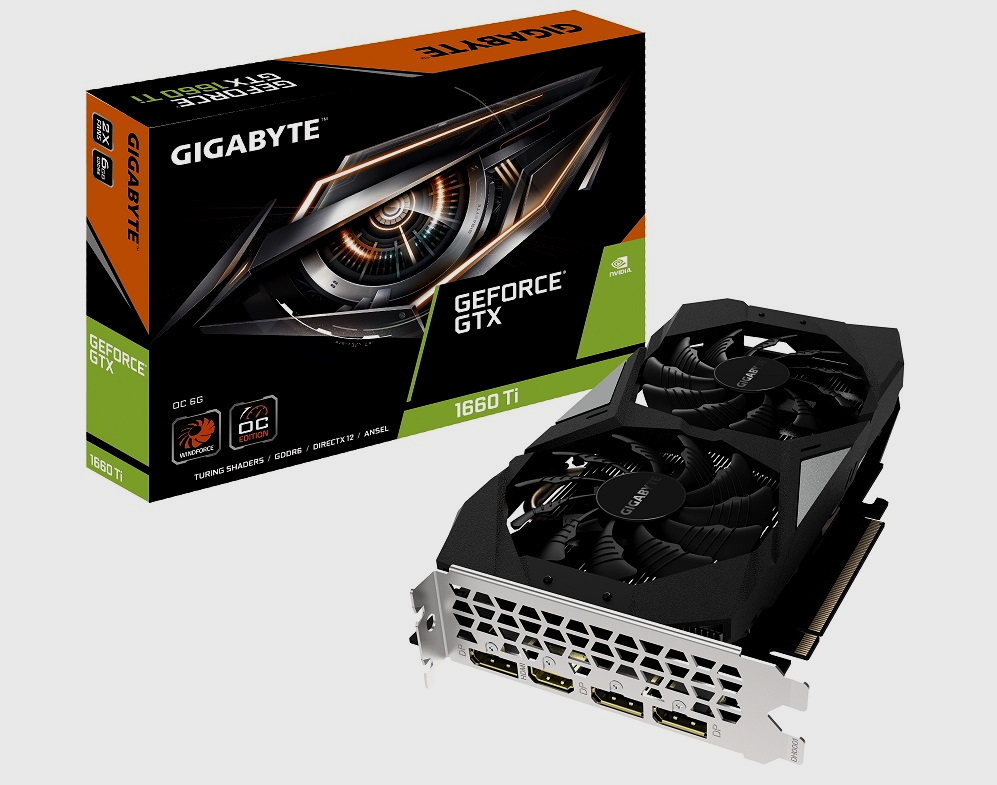
This model positioned itself as a mid-range alternative for those who did not want to make the leap to hardware-accelerated ray tracing. It can handle games at 1440p, and performs very well at 1080p resolution and maximum qualities.
- TU116 graphics core at 12 nm,
- 1,536 shaders at 1,500 MHz-1,770 MHz.
- 96 texturing units.
- 48 raster units.
- 192-bit bus.
- 6 GB of effective 12 GHz GDDR6 memory.
- 5.43 TFLOPs of power in FP32.
- 150-watt TDP, requires an 8-pin connector for additional power and a 450-watt power supply.
Relative yield: 36%.
GeForce GTX 1660 Super
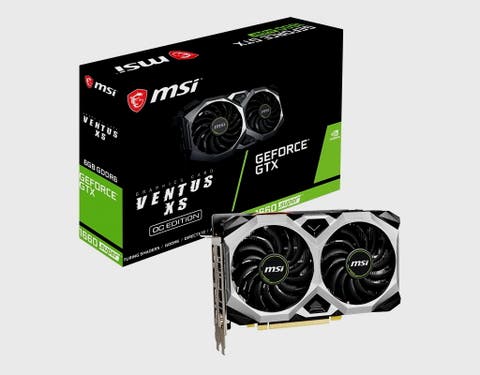
A slightly shortened version of the previous one at the shader level, but with minimal differences in terms of power, so everything we have said about it carries practically unchanged.
- TU116 graphic core at 12 nm.
- 1,408 shaders at 1,530 MHz-1,785 MHz, normal and turbo mode.
- 88 texturing units.
- 48 raster units.
- 192-bit bus.
- 6 GB of GDDR6 at 14 GHz effective.
- 5.02 TFLOPs of power in FP32.
- 125-watt TDP, requires 8-pin power connector and 450-watt supply.
Relative yield: 36%.
GeForce GTX 980 Ti
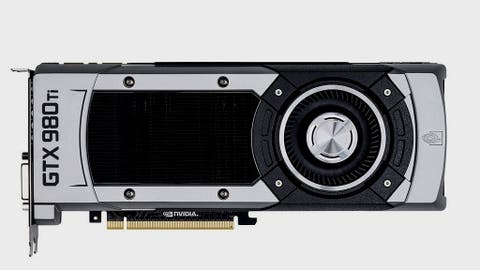
This graphics card was, at the time, the most powerful of NVIDIA, in fact it could move games like The Witcher III in 4K, but it is only really comfortable in 1080p resolutions if we move demanding games, with maximum quality, yes, or in 1440p adjusting the quality so as not to lose fluidity.
- GM200 graphic core at 28 nm.
- 2,816 shaders at 1,000 MHz-1,076 MHz.
- 176 texturing units.
- 96 raster units.
- 384-bit bus.
- 6 GB of GDDR5 at 7 GHz.
- 6.06 TFLOPs of power in FP32.
- 250 watt TDP, requires a 6-pin and an 8-pin connector, and a 600-watt power supply.
Relative yield: 33%.
GeForce GTX 1660
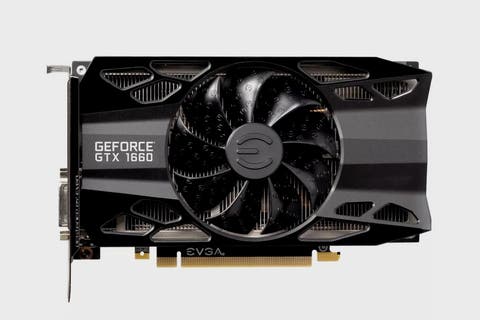
Another twist on the TU116 graphics core. Designed to play in 1080p with fluency and maximum qualities. Does not speed up hardware ray tracing.
- TU116 graphic core at 12 nm.
- 1,408 shaders at 1,530 MHz-1,785 MHz, normal and turbo mode.
- 88 texturing units.
- 48 raster units.
- 192-bit bus.
- 6 GB of GDDR5 at 8 GHz effective.
- 5.02 TFLOPs of power in FP32.
- 125-watt TDP, requires 8-pin power connector and 450-watt supply.
Relative yield: 32%.
Radeon R9 Fury X
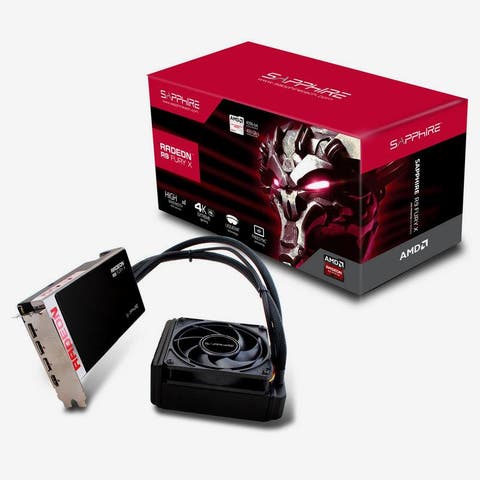
At the time it was the rival of the GTX 980 Ti, but it has not aged well, and its 4 GB of graphics memory limits it in some current games when we move in resolutions higher than 1080p.
- Fiji XT graphic core at 28 nm.
- 64 CUs.
- 4,096 shaders at 1,050 MHz.
- 256 texturing units.
- 64 raster units.
- 4,096-bit bus.
- 4 GB of 1 GHz HBM memory.
- 8.6 TFLOPs of power in FP32.
- 275-watt TDP, requires two 8-pin connectors and a 600-watt power supply.
Relative yield: 32%.
Radeon RX 590

A graphics card that gives its best with 1080p games, where it handles comfortably and can, in most cases, maintain total fluidity at maximum settings. In 1440p, we will have to lower quality.
- Polaris 30 XT graphics core at 12 nm.
- 36 CUs.
- 2,304 shaders at 1,469 MHz-1,545 MHz.
- 144 texturing units.
- 32 raster units.
- 256-bit bus.
- 8GB of 8GHz GDDR5 memory.
- 7.11 TFLOPs of power in FP32.
- 175-watt TDP, requires an 8-pin connector and a 500-watt power supply.
Relative yield: 30%.
Radeon R9 Fury
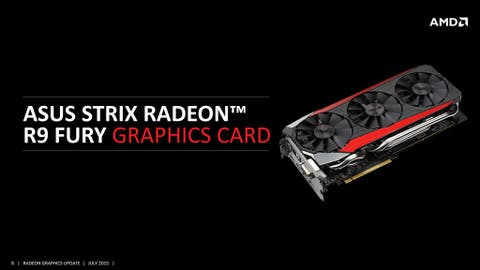
It is a graphics card that was designed to play at 1440p and that at the time could even reduce quality with 4K, but right now it remains a good option for 1080p and maximum qualities.
- Fiji Pro graphics core at 28 nm.
- 56 CUs.
- 3,584 shaders at 1,000 MHz.
- 224 texturing units.
- 64 raster units.
- 4,096-bit bus.
- 4GB of 1,000MHz HBM memory.
- 7.16 TFLOPs of power in FP32.
- 275-watt TDP, requires two 8-pin connectors and a 600-watt power supply.
Relative yield: 29%.
Radeon RX 5500 XT 8GB
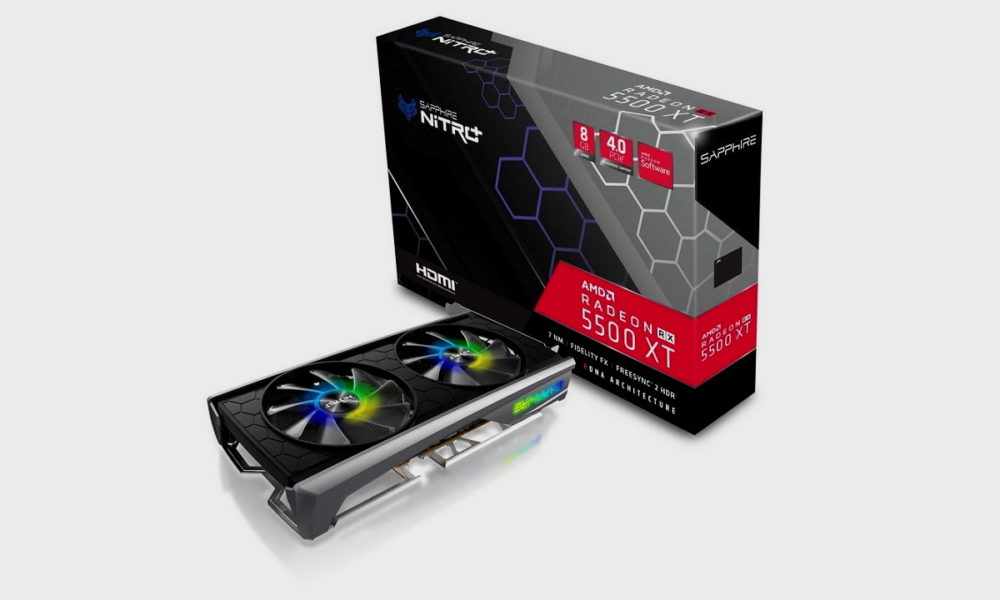
This graphics card is aimed at the budget mid-range, and is capable of moving current games in 1080p with maximum qualities without problem (with few exceptions). In 1440p the experience declines a lot, but it is not unfeasible.
- Navi 14 XTX graphics core at 7 nm.
- 1,408 shaders at 1,607 MHz-1,717 MHz.
- 88 texturing units.
- 32 raster units.
- 128-bit bus.
- 8GB of 14GHz GDDR6 memory.
- 5.19 TFLOPs of power in FP32.
- 130-watt TDP, you need an 8-pin connector and a 450-watt supply.
Relative yield: 28%.
Radeon RX 580 8GB
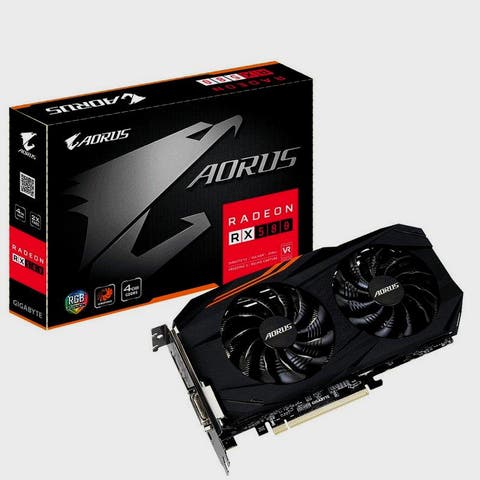
It is a bit lower than the previous one, so its performance is very similar. Another recommended solution to play with guarantees in 1080p.
- Polaris 20 XT graphics core at 12 nm.
- 36 CUs.
- 2,304 shaders at 1,257 MHz-1,340 MHz.
- 144 texturing units.
- 32 raster units.
- 256-bit bus.
- 8GB of 8GHz GDDR5 memory.
- 6.17 TFLOPs of power in FP32.
- 185-watt TDP, requires an 8-pin connector and a 500-watt power supply.
Relative yield: 28%.
GTX 1650 Super
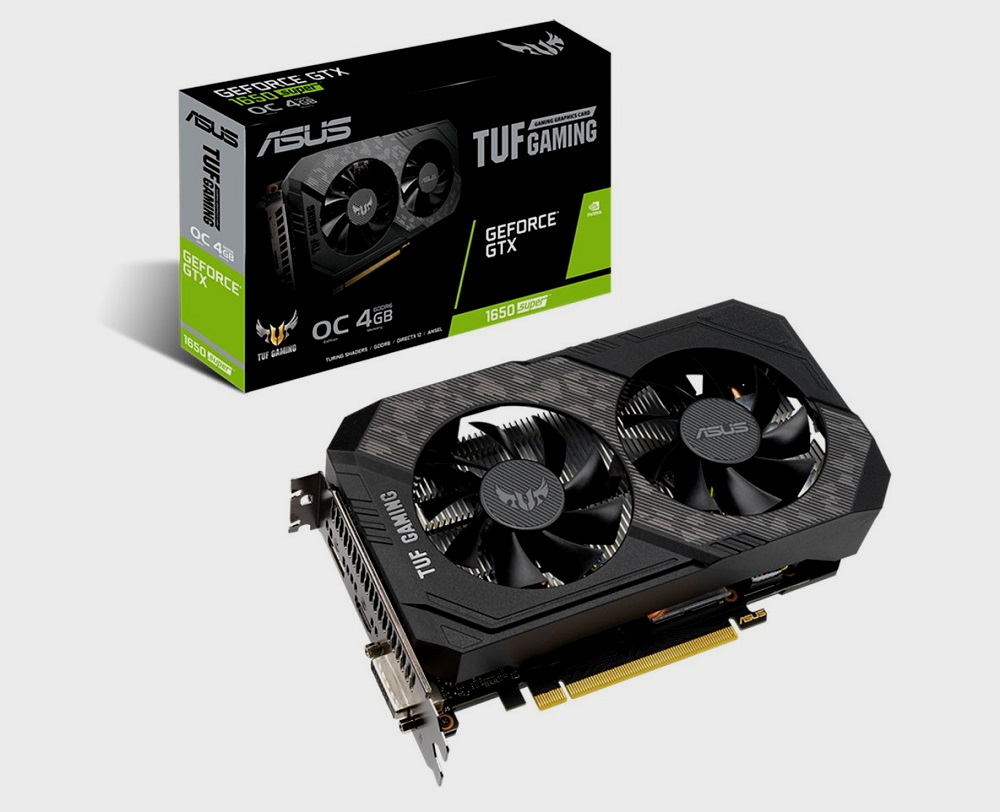
It is a graphics card based on Turing, architecture before Ampere, but of inexpensive mid-range. Good option to play in 1080p without having to give up good fluency, and without reducing graphic quality, with few exceptions.
- TU116 graphic core at 12 nm.
- 1,280 shaders at 1,530 MHz-1,725 MHz, normal and turbo mode.
- 80 texturing units.
- 32 raster units.
- 128-bit bus.
- 4 GB of GDDR6 at 12 GHz effective.
- 4.41 TFLOPs of power in FP32.
- 100-watt TDP, requires 6-pin power connector and 350-watt supply.
Relative yield: 27%.
GeForce GTX 980
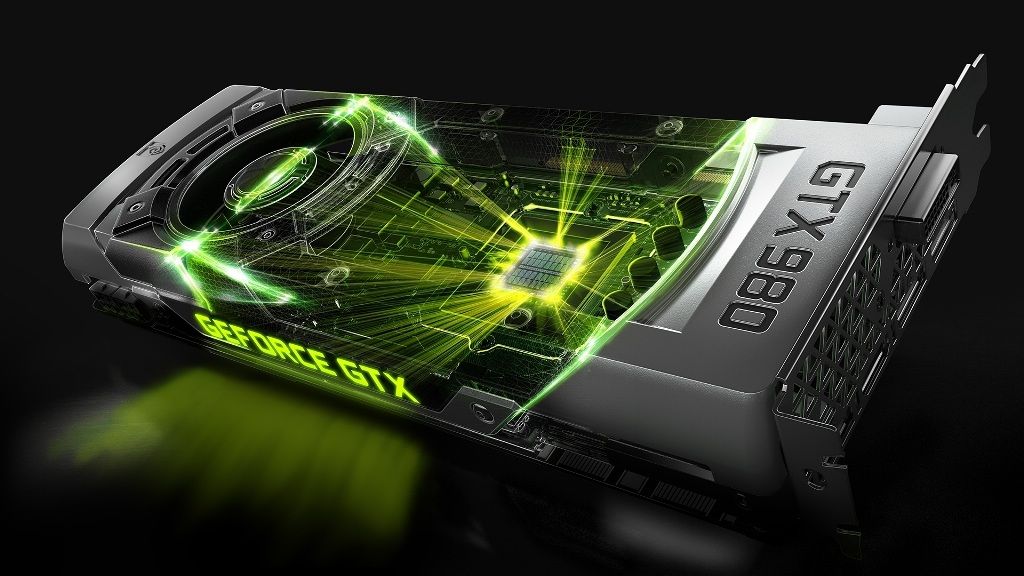
It has become a classic graphics card for its excellent performance. It is still very capable in current games with 1080p resolutions , although due to drivers its performance has declined in last batch titles.
- Graphic core GM204 at 28 nm.
- 2,048 shaders at 1,127 MHz-1,216 MHz.
- 128 texturing units.
- 64 raster units.
- 256-bit bus.
- 4 GB of GDDR5 at 7 GHz.
- 4.98 TFLOPs of power in FP32.
- 165 watt TDP, requires two 6-pin connectors, and a 500 watt power supply.
Relative yield: 27%.
Radeon RX 5500 XT 4GB
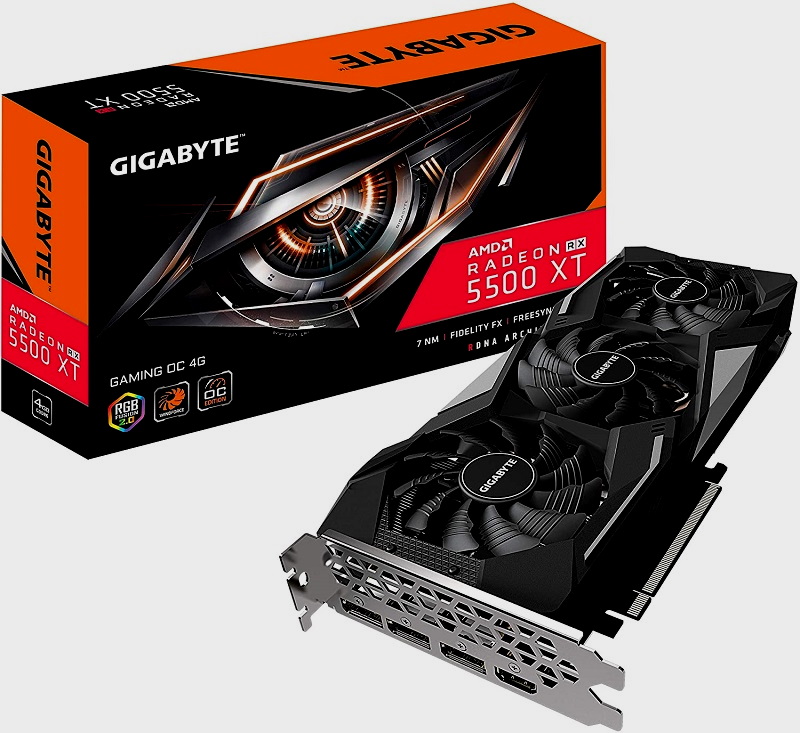
This graphics card has the PCIE interface limited to x8, which causes it to lose a lot of performance in PCIE Gen3 configurations, which is not the case with the 8 GB model. However, it can with current games in 1080p, although adjusting graphic quality in some cases.
- Navi 14 XTX graphics core at 7 nm.
- 1,408 shaders at 1,607 MHz-1,717 MHz.
- 88 texturing units.
- 32 raster units.
- 128-bit bus.
- 4GB of 14GHz GDDR6 memory.
- 5.19 TFLOPs of power in FP32.
- 130-watt TDP, you need an 8-pin connector and a 450-watt supply.
Relative yield: 25%.
GeForce GTX 1060 6 GB
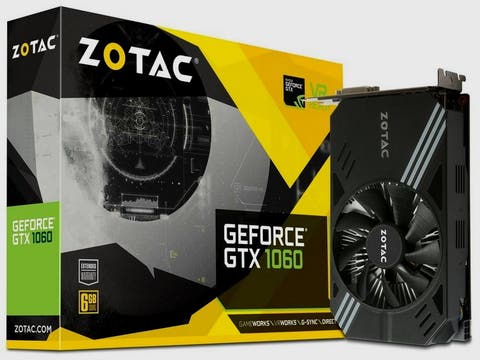
Another classic graphics card, and one of the best mid-range solutions that NVIDIA has released, since it is capable of offering, in many cases, a similar performance to the GTX 980. It is still very capable in 1080p.
- Graphic core GP106 at 16 nm.
- 1,280 shaders at 1,506 MHz-1,708 MHz.
- 80 texturing units.
- 48 raster units.
- 192-bit bus.
- 6GB of 8GHz GDDR5 memory.
- 4.37 TFLOPs of power in FP32.
- 120-watt TDP, requires a 6-pin connector and a 400-watt power supply.
Relative yield: 25%.
Radeon R9 390X

It was a very powerful graphics card at the time, but today it remains a viable solution in 1080p resolutions if we want to maintain a good level of fluidity and high graphic quality.
- Grenada XT graphic core at 28 nm.
- 44 CUs.
- 2,816 shaders at 1,050 MHz.
- 176 texturing units.
- 64 raster units.
- 512-bit bus.
- 8 GB of GDDR6 at 6 GHz.
- 5.91 FTLOPs of power in FP32.
- 275-watt TDP, requires one 8-pin and one 6-pin connector, and a 550-watt power supply.
Relative yield: 25%.
Radeon RX 480 8GB
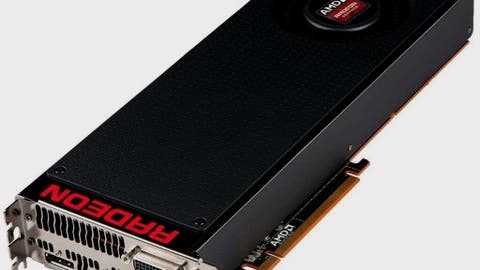
Its performance is placed a little below the RX 590, since although it maintains the bases at the level of shaders and others, its working frequencies are lower. It handles well in 1080p.
- Polaris 10 XT graphics core at 15 nm.
- 36 CUs.
- 2,304 shaders at 1,120 MHz-1,266 MHz.
- 144 texturing units.
- 32 raster units.
- 256-bit bus.
- 8GB of 8GHz GDDR5 memory.
- 5.83 TFLOPs of power in FP32.
- 150-watt TDP, requires an 8-pin connector and a 500-watt power supply.
Relative yield: 25%.
Radeon R9 390

This is a trimmed version of the Radeon R9 390X. It places a notch below, but it can also handle current games in 1080p and high or very high qualities without problem.
- Grenada Pro graphics core at 28 nm.
- 40 CUs.
- 2,560 shaders at 1,000 MHz.
- 160 texturing units.
- 64 raster units.
- 512-bit bus.
- 8 GB of GDDR6 at 6 GHz.
- 5.12 FTLOPs of power in FP32.
- 275-watt TDP, requires one 8-pin and one 6-pin connector, and a 550-watt power supply.
Relative yield: 24%.
Radeon RX 570
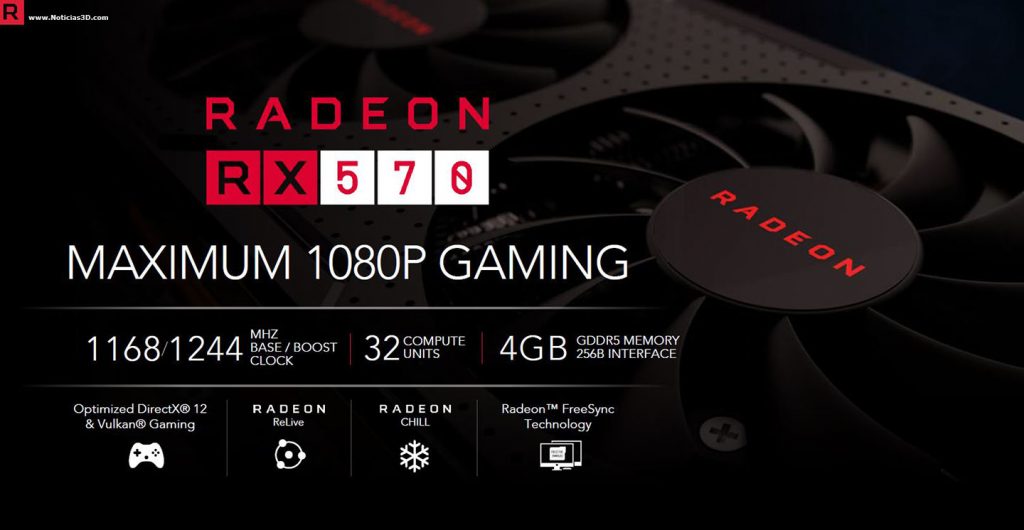
This graphics card was designed as an inexpensive solution to play all games at 1080p, high quality and 60 FPS at the time, and is still capable of meeting that goal in most cases.
- Polaris 20 XL graphics core at 14 nm.
- 32 CUs.
- 2,048 shaders at 1,168 MHz-1,244 MHz.
- 128 texturing units.
- 32 raster units.
- 256-bit bus.
- 4GB of 7GHz GDDR5 memory.
- 5.09 TFLOPs of power in FP32.
- 150-watt TDP, requires a 6-pin connector and a 450-watt power supply.
Relative yield: 24%.
GeForce GTX 970
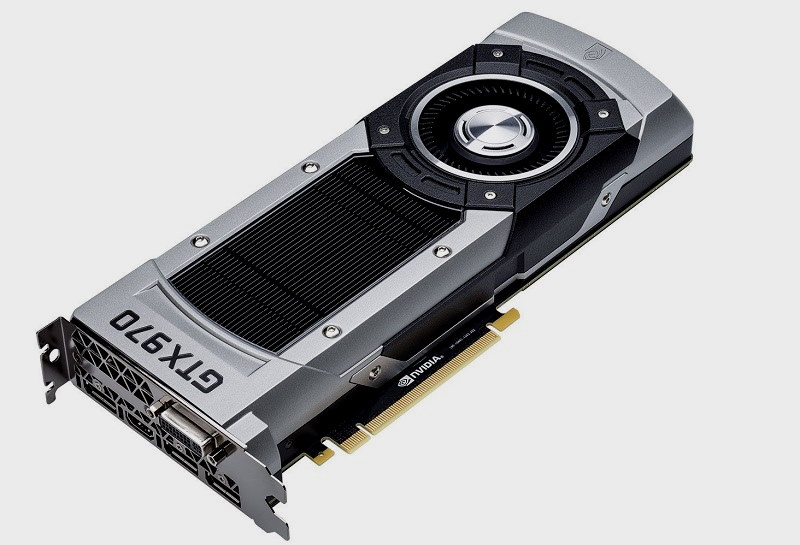
One of the best budget high-end graphics cards ever. At the time, it was capable of moving anything in 1080p and maximum quality with total fluidity, and even moving games in 1440p. Now, it continues to offer good 1080p performance and high quality even with demanding games, with few exceptions.
- Graphic core GM204 at 28 nm.
- 1,664 shaders at 1,050 MHz-1,178 MHz.
- 104 texturing units.
- 56 raster units.
- 224-bit bus + 32-bit bus.
- 3.5 GB of 7 GHz GDDR5 + 0.5 GB of 7 GHz GDDR5.
- 3.92 TFLOPs of power in FP32.
- 148 watt TDP, requires two 6-pin connectors, and a 500 watt power supply.
Relative yield: 24%.
GeForce GTX 1060 3 GB
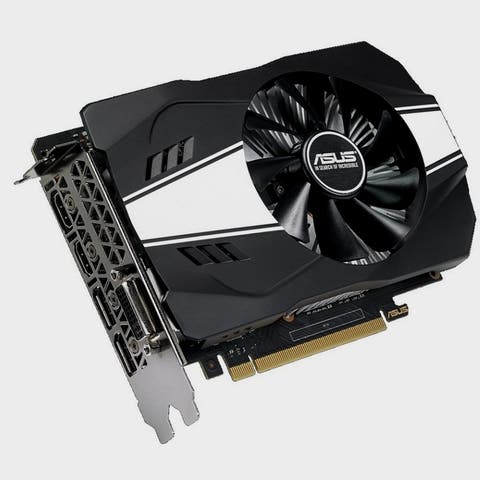
It came as an inexpensive alternative to the 6GB GTX 1060. It is still capable of moving 1080p games at high end in many cases, but its lower amount of graphics memory is causing it to not age too well.
- Graphic core GP106 at 16 nm.
- 1,152 shaders at 1,506 MHz-1,708 MHz.
- 72 texturing units.
- 48 raster units.
- 192-bit bus.
- 3GB of 8GHz GDDR5 memory.
- 3.93 TFLOPs of power in FP32.
- 120-watt TDP, requires a 6-pin connector and a 400-watt power supply.
Relative yield: 23%.
Radeon RX 470

We are approaching the limit of what is desirable for 1080p gaming. This model is already beginning to show the passage of time, although it is still capable of moving many current games in FHD and high qualities.
- Polaris 10 Pro graphics core at 14 nm.
- 32 CUs.
- 2,048 shaders at 926 MHz-1,206 MHz.
- 128 texturing units.
- 32 raster units.
- 256-bit bus.
- 4GB of 6.6GHz GDDR5 memory.
- 4.94 TFLOPs of power in FP32.
- 120-watt TDP, requires a 6-pin connector and a 450-watt power supply.
Relative yield: 22%.
GeForce GTX 1650
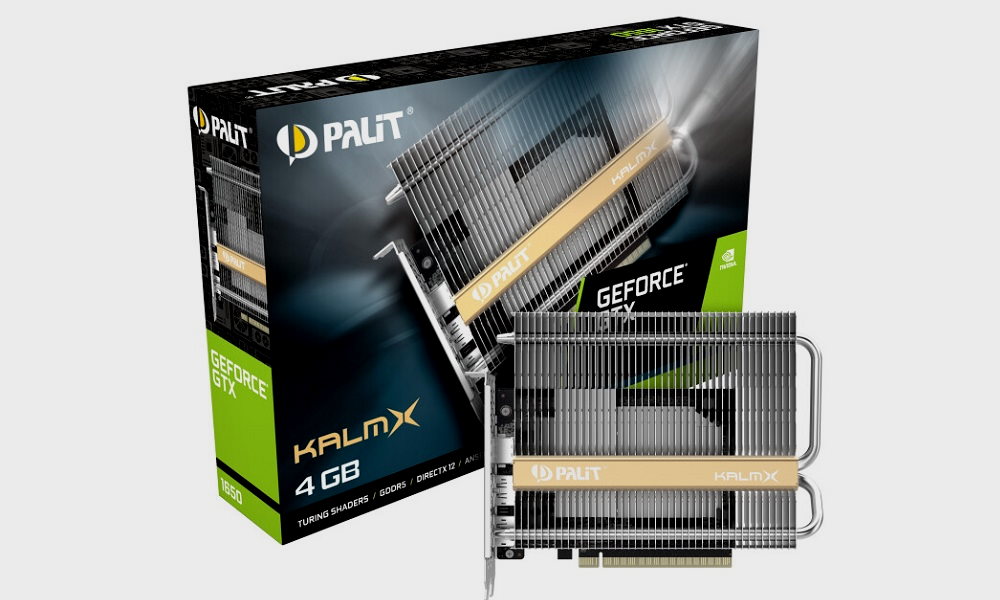
A low-power graphics card that can play 1080p games with high or medium qualities , depending on the demands of each specific title.
- TU117 graphic core at 12 nm.
- 896 shaders at 1,485 MHz-1,665 MHz, normal and turbo mode.
- 56 texturing units.
- 32 raster units.
- 128-bit bus.
- 4GB of effective 8GHz GDDR5.
- 2.98 TFLOPs of power in FP32.
- 75 watt TDP, requires a 300 watt supply.
Relative yield: 21%.
46.-Radeon R9 280X
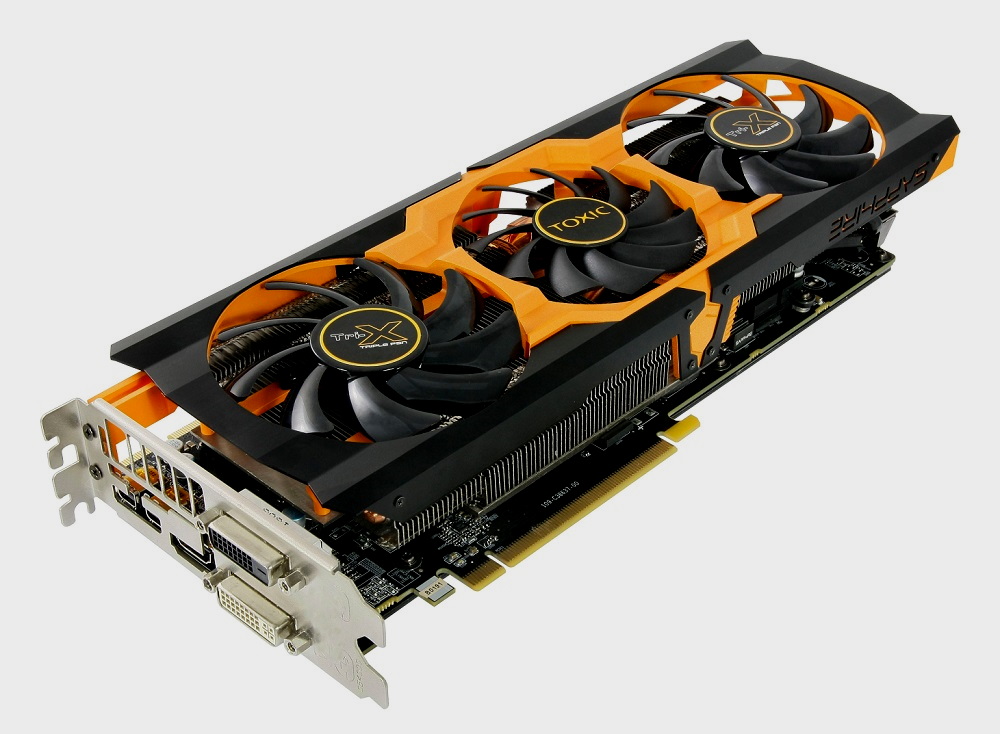
This graphics card is already a few years old, in fact it arrived in 2013. It can play 1080p games with medium or low quality, depending on the requirements of each title. Handles best at 900p.
- Tahiti XTL graphic core at 28 nm.
- 32 CUs.
- 2,048 shaders at 850 MHz-1,000 MHz.
- 128 texturing units.
- 32 raster units.
- 384-bit bus.
- 3GB of 6GHz GDDR5 memory.
- 4.09 TFLOPs of power in FP32.
- 250-watt TDP, requires a 6-pin and an 8-pin connector, as well as a 550-watt power supply.
Relative yield: 18%.
GeForce GTX 1050 Ti
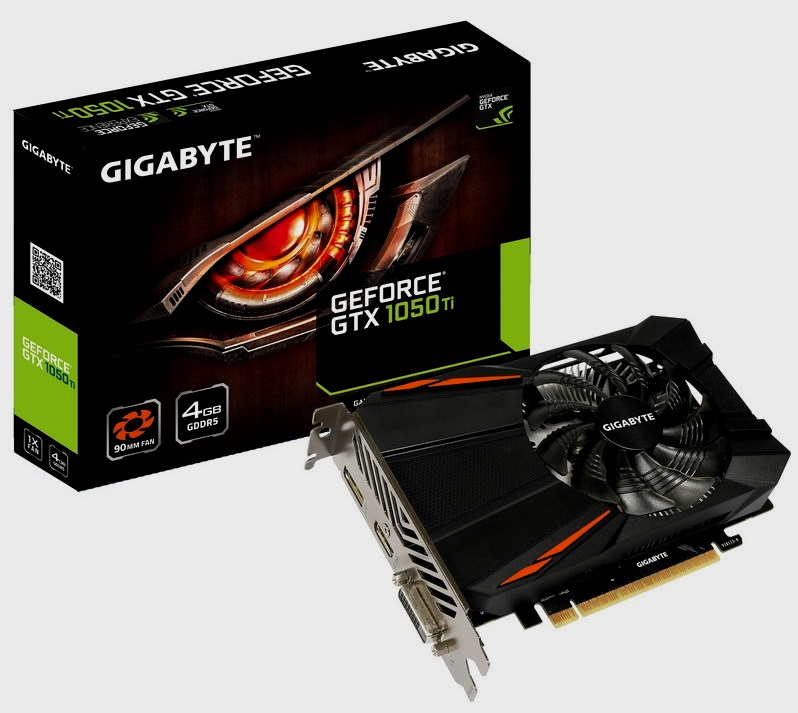
It was a low-power, mid-range model for 1080p gaming with high-medium qualities and good fluency, but it can’t handle all current games at that level. It moves current titles in 1080p and low-medium quality, so it is more recommended to play in 900p and 720p with maximum qualities.
- Graphic core GP107 at 14 nm.
- 768 shaders at 1,291 MHz-1,392 MHz.
- 48 texturing units.
- 32 raster units.
- 128-bit bus.
- 4 GB of GDDR5 at 7 GHz.
- 2.13 TFLOPs of power in FP32.
- 75 watt TDP, requires a 300 watt supply.
Relative yield: 17%.
GeForce GTX 960
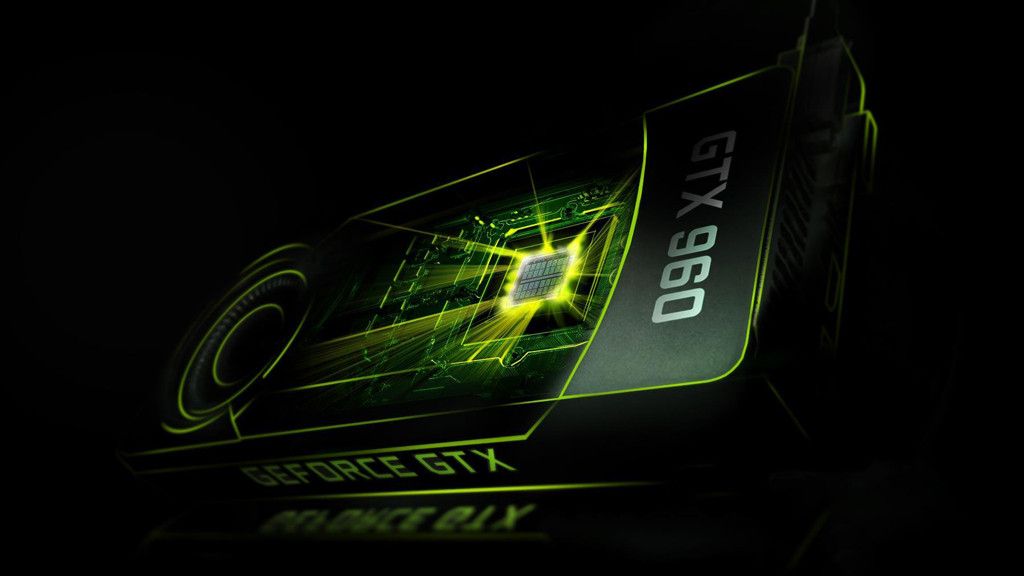
It has a slightly lower performance than the previous one, although it is less efficient. At 1080p, it can handle low-medium qualities and offers acceptable fluency. Good option to play in 900p and 720p resolutions for little money.
- GM206 graphics core.
- 1,024 shaders at 1,127 MHz-1,178 MHz.
- 64 texturing units.
- 32 raster units.
- 128-bit bus.
- 2GB (4GB versions available) of 7GHz GDDR5 memory.
- 2.41 TFLOPs of power in FP32.
- 120-watt TDP, requires a 6-pin connector and a 400-watt power supply.
Relative yield: 15%.
Radeon RX 560 4GB
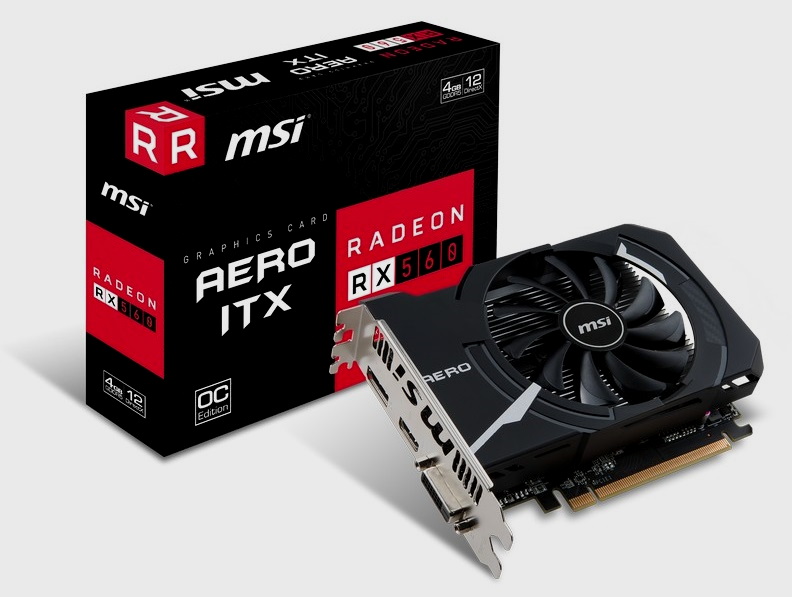
This graphics card is an interesting option, as it is inexpensive and plays especially well with Vulkan-based games. In current and demanding games, we must configure the settings in low-medium quality to maintain good fluency in 1080p. Good performance at 900p with maximum qualities.
- Polaris 21 XT graphics core.
- 16 CUs.
- 1,024 shaders at 1,175 MHz-1,275 MHz.
- 64 texturing units.
- 16 raster units.
- 128-bit bus.
- 4GB of 7GHz GDDR5 memory.
- 2.6 TFLOPs of power in FP32.
- 80 watt TDP, you need a 6-pin connector and a 350 watt power supply.
Relative yield: 12%.
GeForce GTX 1050
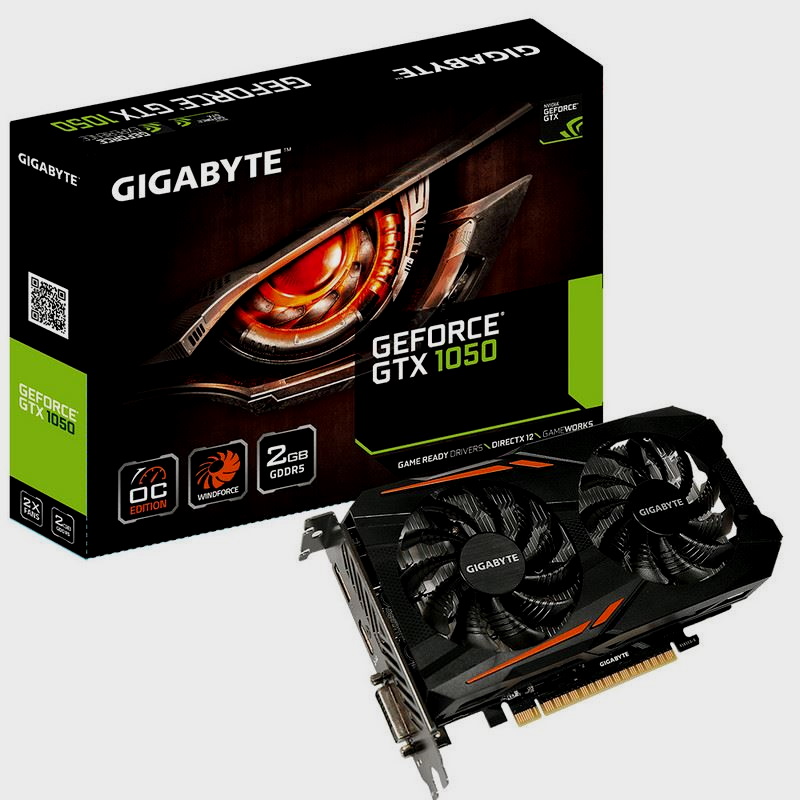
Due to its 2GB graphics memory configuration, as it fares worse with Vulkan-based games, this graphics card has not aged as well as the previous one, and falls a notch below. The difference in games like DOOM Eternal is overwhelming in favor of the 4GB RX 560, so keep that in mind.
- Graphic core GP107 at 14 nm.
- 640 shaders at 1,354 MHz-1,455 MHz.
- 40 texturing units.
- 32 raster units.
- 128-bit bus.
- 2 GB of GDDR5 at 7 GHz.
- 1.86 TFLOPs of power in FP32.
- 75 watt TDP, requires a 300 watt supply.
Relative yield: 10%.